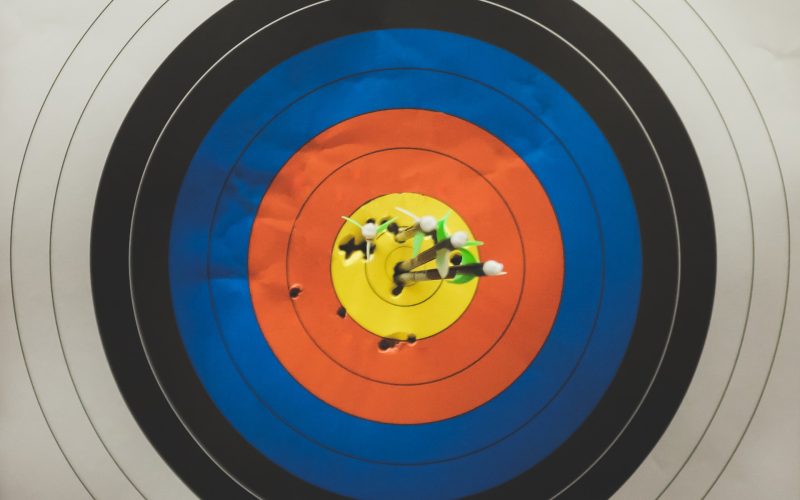Ancient archery has developed into a well-liked pastime and competitive sport. It’s important to understand a few key concepts before entering this fascinating world because they can improve your archery experience. Knowing these fundamentals will set the path for a rewarding archery journey, regardless of ability level.
1. Choosing the Right Bow
Choosing the appropriate bow is the first step in learning to shoot an archery. While there are many different kinds, the amortization bow is one that many find particularly noteworthy. You can buy a compound bow, but it’s important to assess considerations including draw length, draw weight, and axle-to-axle length when choosing a bow. These components guarantee that your bow is customized to your physique and shooting technique, improving comfort and accuracy.
2. Understanding Draw Length and Draw Weight
Comprehending the length and weight of your draw is essential to attaining accuracy and force in your shots. The distance the bowstring is drawn from the bow when it is fully drawn is referred to as the draw length. This measurement is specific to each person and is essential for choosing the right length of arrows. Conversely, draw weight is the amount of force needed to draw the bowstring all the way to full draw. Achieving the ideal balance between draw weight and draw length lowers the chance of strain or tiredness by ensuring that your shots are consistent.
3. Importance of Proper Form
When it comes to archery, mastering the appropriate form is extremely similar to establishing a strong foundation. A major amount of the accuracy and consistency of your shooting is determined by your stance, posture, and grip on the bow. A correct form consists of a number of components, including a steady stance with feet that are shoulder-width apart, a relaxed but firm grip on the bow, and the consistency of the anchor point. It is vital to engage in consistent practice with an emphasis on form in order to create muscle memory, which will ultimately lead to increased accuracy over time.
4. Selecting the Right Arrows
The arrows you use are just as important as the bow itself, and your performance can be greatly affected by your choice of arrows. Considerations include spine stiffness, material, and arrow length. To ensure correct alignment with the bow, the length of the arrow should equal your draw length. Certain materials, like aluminum or carbon, have distinct benefits, such as speed and durability. For the best arrow flight, spine stiffness—which indicates the flex of the arrow—is essential. Selecting the appropriate arrows improves your shooting performance in general.
5. Safety First: Understanding Range Rules
When it comes to archery, safety should always be the most important thing to keep in mind. You must become familiar with the exact laws and regulations that are in place before you get into the archery range. Generally speaking, shooting ranges include rules and regulations that govern the firing lanes, waiting areas, and commands. If you follow these principles, you will not only be able to protect yourself, but you will also be helping to create an atmosphere that is peaceful and polite for all of the archers who are sharing the space.
6. Maintenance of Equipment
It is necessary to perform routine maintenance on your archery equipment in order to keep it in pristine shape. This involves examining the bowstring for any indications of wear, examining the limbs for any fractures or damage, and making certain that all accessories, such as sights and stabilizers, are mounted securely. Waxing the bowstring on a regular basis and doing comprehensive inspections will help you avoid unanticipated problems during your practice sessions or contests, which will allow you to concentrate on improving your skills during those times.
Conclusion
Archery requires a combination of technical knowledge, physical skill development, and a disciplined and patient mindset to begin. Essential components include selecting the appropriate gear, learning the nuances of your bow, and making a commitment to regular practice. With this information at your disposal, you can enter the world of archery with confidence and enjoy a gratifying experience when you step into the range.









